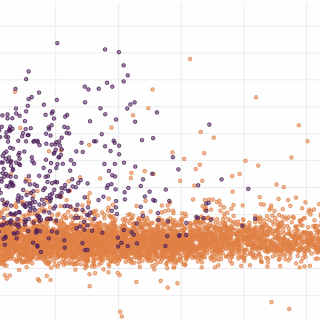How to: A guide to co-production in the NHS
This practical and reflective guide explores the meaning, value, and challenges of co-production in healthcare, offering tools and real-world insights for working collaboratively with patients and communities. Rooted in lived experience, it provides honest reflections, key questions, and step-by-step suggestions to support meaningful partnership, equity, and transformation within NHS services.











